SIR 2025
Interventional Oncology
Traditional Poster
47 - Initial Experience with One and Done Mapping and Treatment for Resin-Based Yttrium-90 Transarterial Radioembolization of Small Hepatocellular Carcinoma
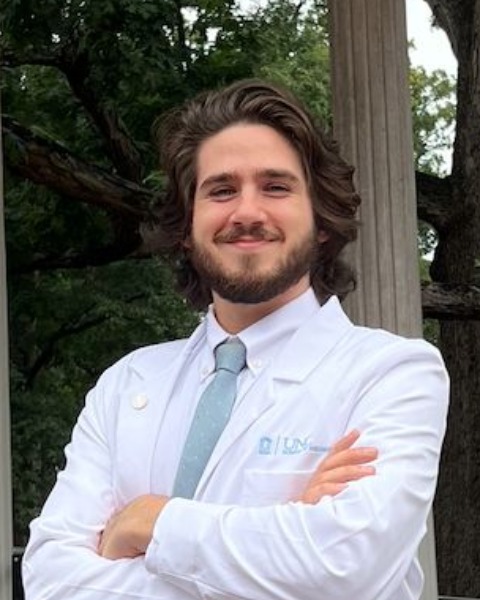
Michael Mohnasky, MS (he/him/his)
Medical Student
UNC School of Medicine, United States- MF
Marco Fanous, BS
Medical Student
University of North Carolina School of Medicine, United States 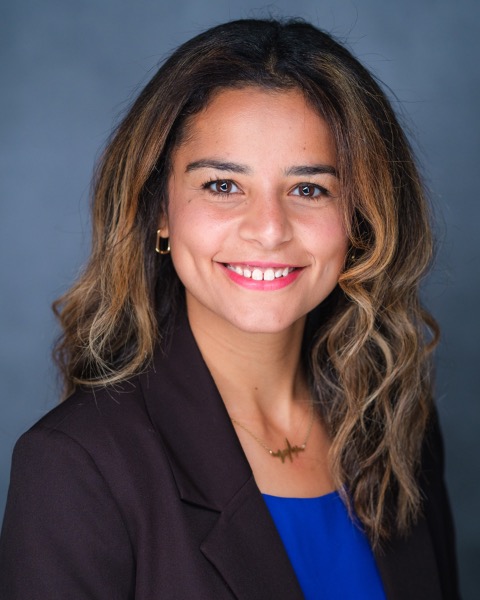
Sandra Gad
Medical Student
SGU, United States- AA
Ali Afrasiabi, MD
Postdoctoral Researcher
University of North Carolina - Chapel Hill - Department of Interventional Radiology, United States - HW
Hui Wang, PhD
Research
UNC, United States 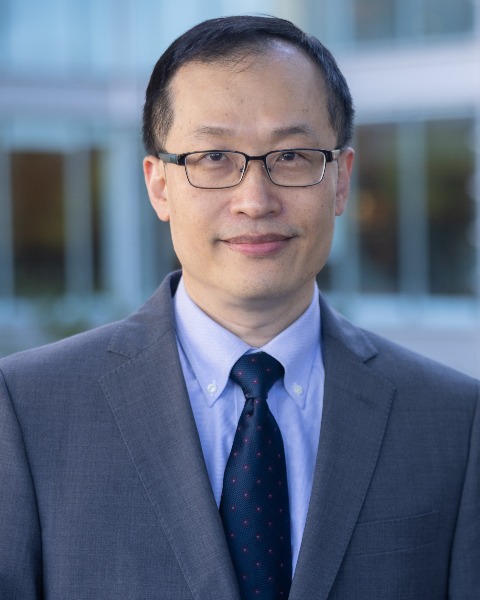
Hyeon Yu, MD, FSIR (he/him/his)
Professor
UNC School of Medicine, United States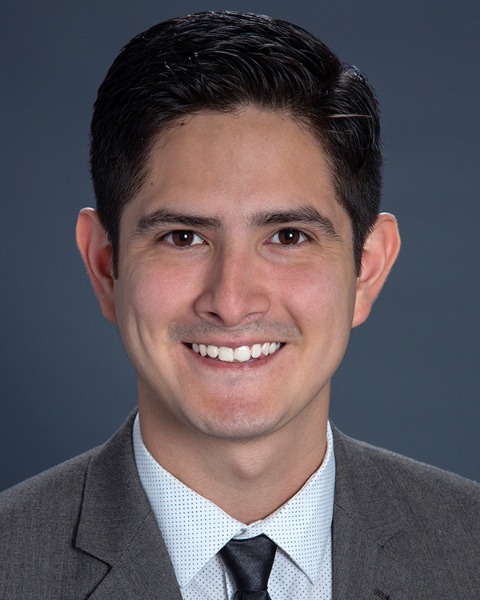
Alex Villalobos, MD
Assistant Professor
University of North Carolina - Chapel Hill, United States- DM
David Mauro, MD
Division Chief
UNC, United States - MX
Minzhi Xing, MD, MPH
Clinical Associate Professor
University of North Carolina - Chapel Hill, United States - AM
Andrew Moon, MD, MPH
Assistant Professor of Medicine
University of North Carolina School of Medicine, United States - NS
Neil D. Shah, MD
Assistant Professor
University of North Carolina - Chapel Hill, United States - CJ
Caron Jia, MD
Associate Professor of Medicine
University of North Carolina School of Medicine, United States - HS
Hanna Sanoff, MD, MPH
Professor of Medicine
University of North Carolina School of Medicine, United States - AB
A. Sidney Barritt, MD
Professor of Medicine
University of North Carolina School of Medicine, United States 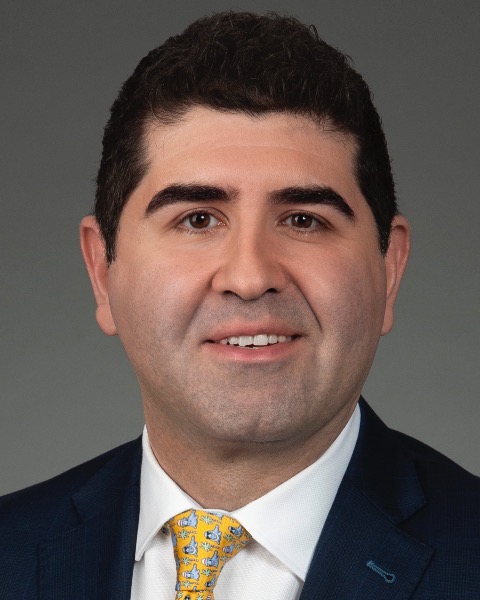
Nima Kokabi, MD
Associate Professor of Radiology
University of North Carolina - Chapel Hill, United States
Poster Presenter(s)
Author/Co-author(s)
To evaluate the efficacy and safety of forgoing lung-shunt fraction measurement in patients with small hepatocellular carcinoma (HCC) for resin-based Yttrium 90 (Y90) transarterial radioembolization (TARE)
Materials and Methods:
Patients who received streamlined Y90 TARE between September 2023 and May 2024 were retrospectively evaluated. All patients underwent radiation segmentectomy and were OPTN stage T2 without macrovascular invasion or intrahepatic portosystemic shunt. Perfused segment volume was calculated using cone-beam computed tomography and single compartment dose of ≥300 Gy to the segment was prescribed. While the target vessel remained catheterized, nuclear medicine prepared the prescribed activity and delivered the dose to interventional radiology (IR). Post Y90 dosimetry was performed using MIM Sureplan® (MIM, Cleveland, OH, USA). Treatment response was evaluated by 3-month follow-up MRI via mRECIST criteria by the treating interventional radiologist. Adverse events (AEs) ≥ Grade 3 according to the Common Terminology for Adverse Events v5.0 were recorded post-procedurally and at the 6-week post TARE clinic visit. Time to treatment from IR clinic visit was compared to patients treated with the conventional TARE treatment timeline treated since January 2022.
Results:
Ten consecutive patients were treated with 12 streamlined treatments. Each treatment targeted an isolated lesion with median size of 2.5 cm (IQR: 2.1, 2.9). 9/10 (90%) of patients were Child-Pugh A at time of treatment while one patient was Child Pugh B. Two patients received 2 treatments (one for treatment of a separate lesion and the other for initial incomplete targeting of tumor). The median delivered tumor dose was 377.7 Gy (IQR: 246.5, 570.1). No patients developed ≥Grade 3 AEs post-procedurally or within 6 weeks post TARE. Complete response was achieved in 11/12 patients (92%) with median follow-up time of 79 days (IQR: 58.3, 86.3). One patient achieved partial response which progressed to complete response after repeat TARE. The conventional cohort consisted of 60 patients, all OPTN T2 treated with radiation segmentectomy. Two patients were excluded due to being lost to follow up between initial clinic visit and TARE. Patients undergoing streamlined treatment had a median time to treatment of 26.5 days (IQR: 15.3, 39) vs 61 days (IQR: 48, 88.8) in the conventional TARE group (p< 0.001).
Conclusion:
Streamlined single session resin-based Y90-TARE in patients with OPTN T2 stage HCC is feasible and associated with a satisfactory safety profile and reduced time to treatment.


.jpg)